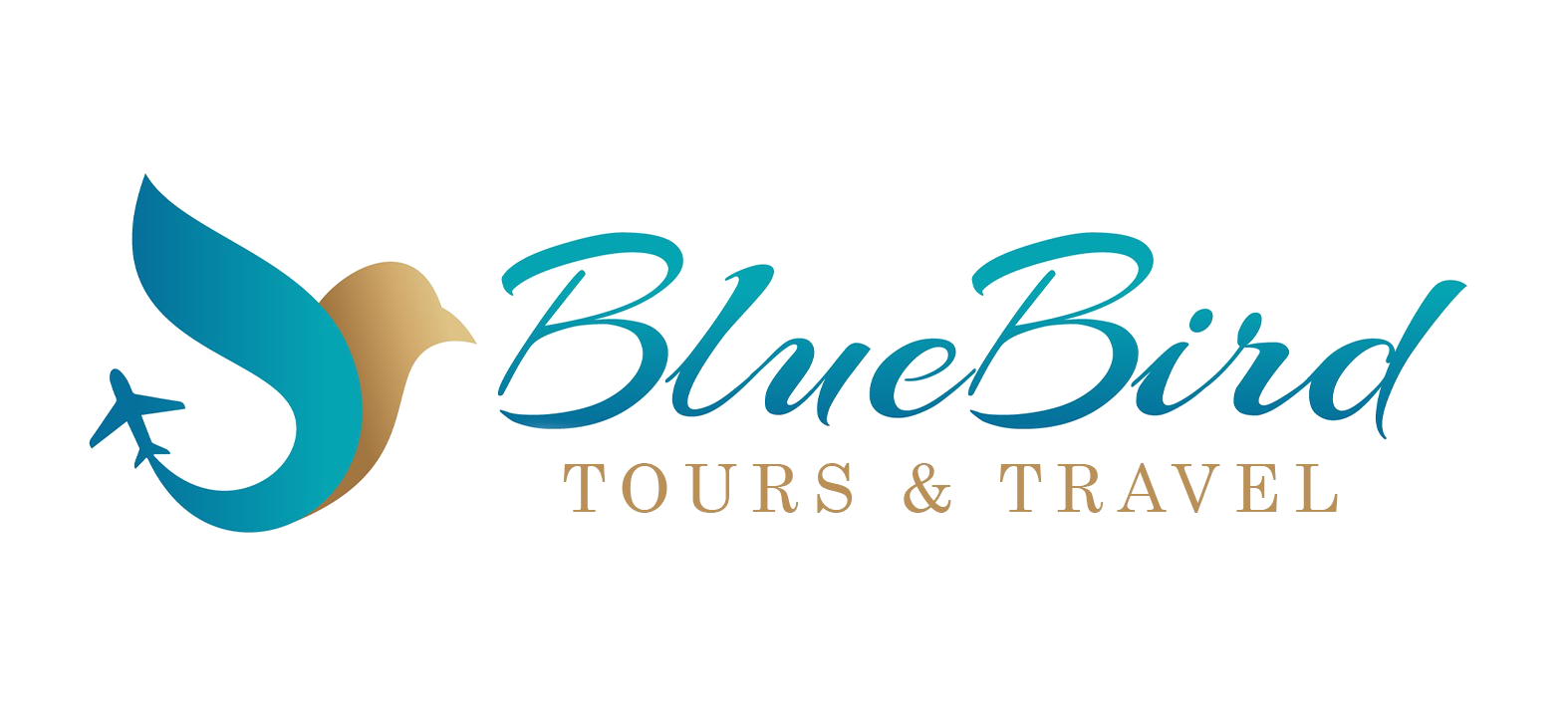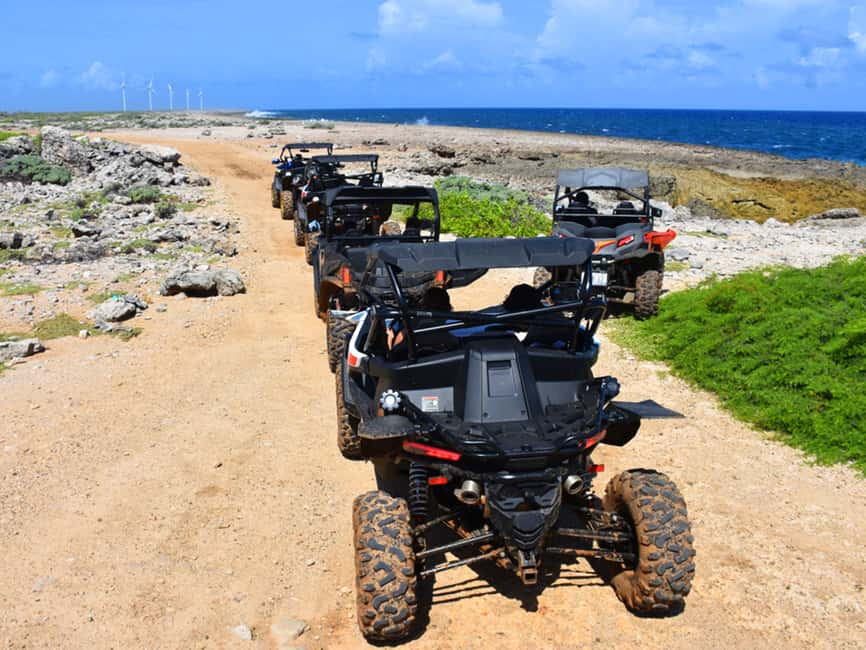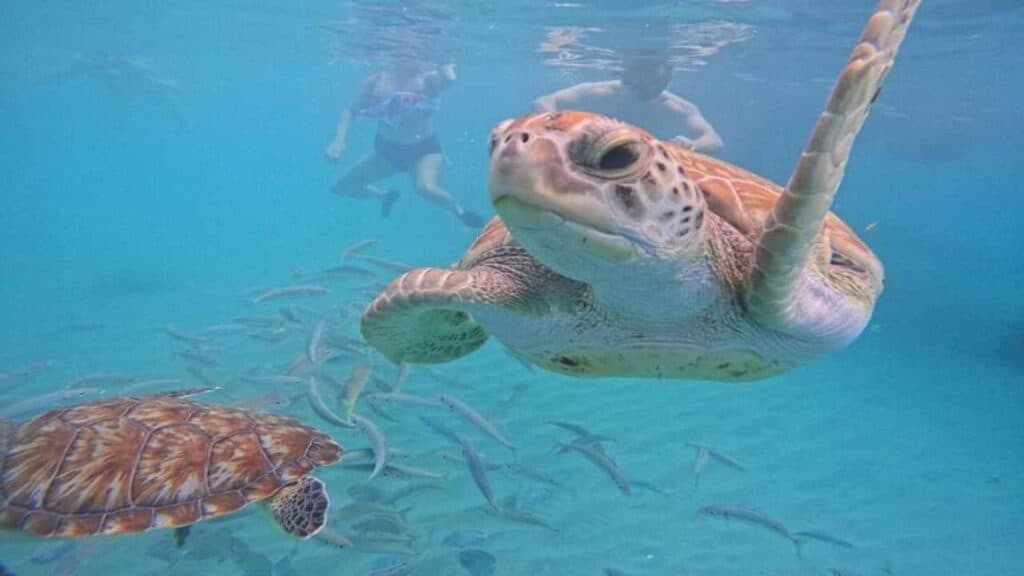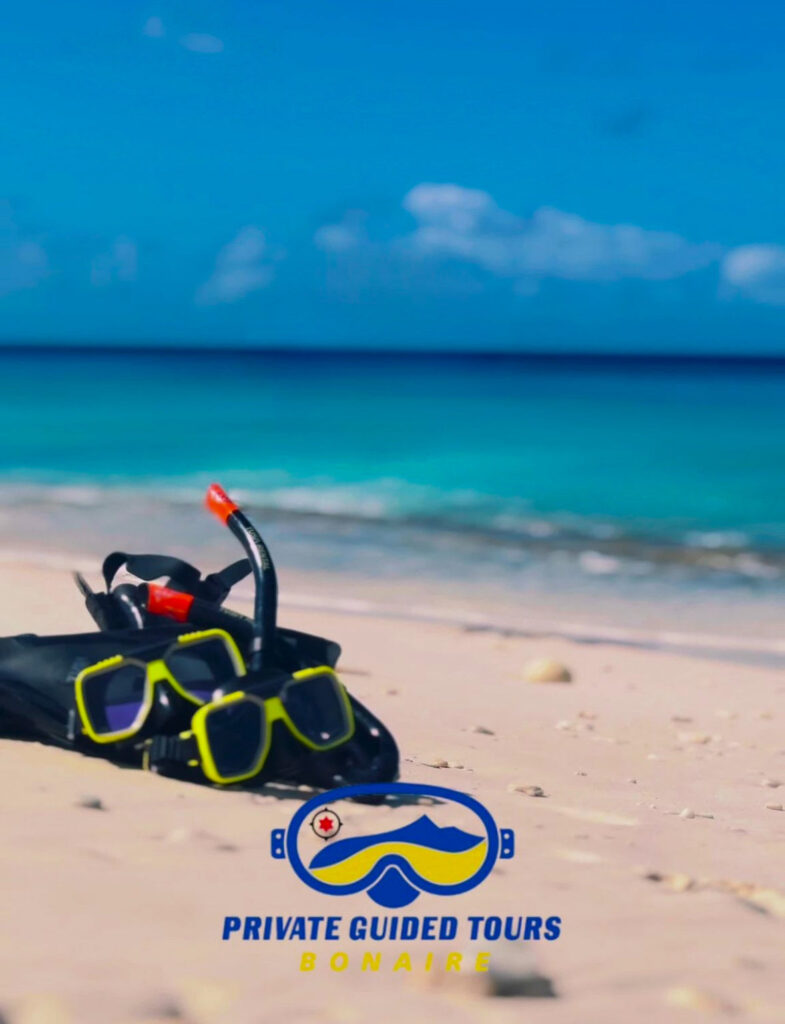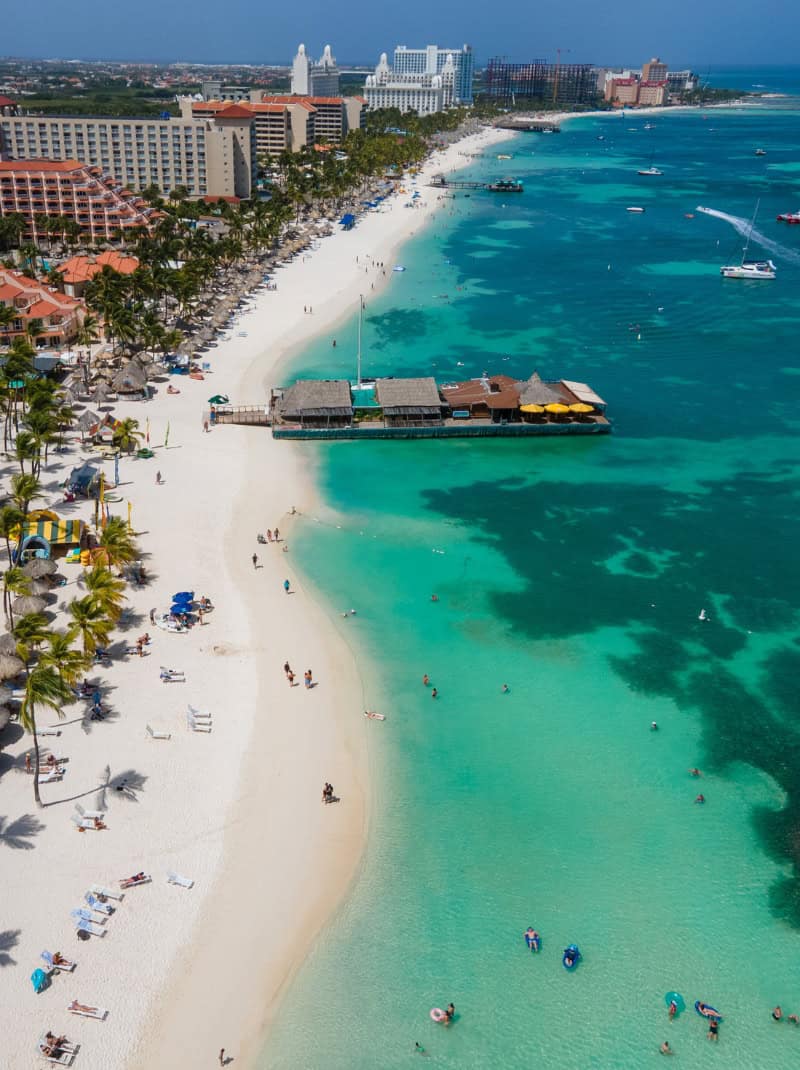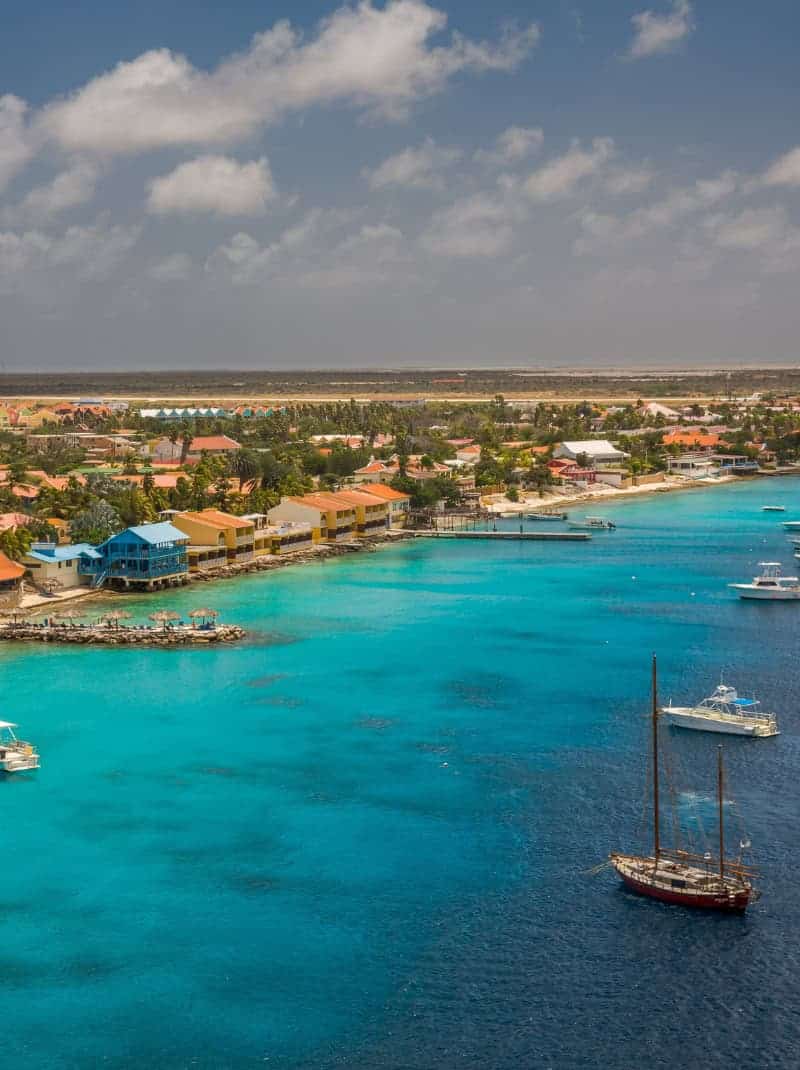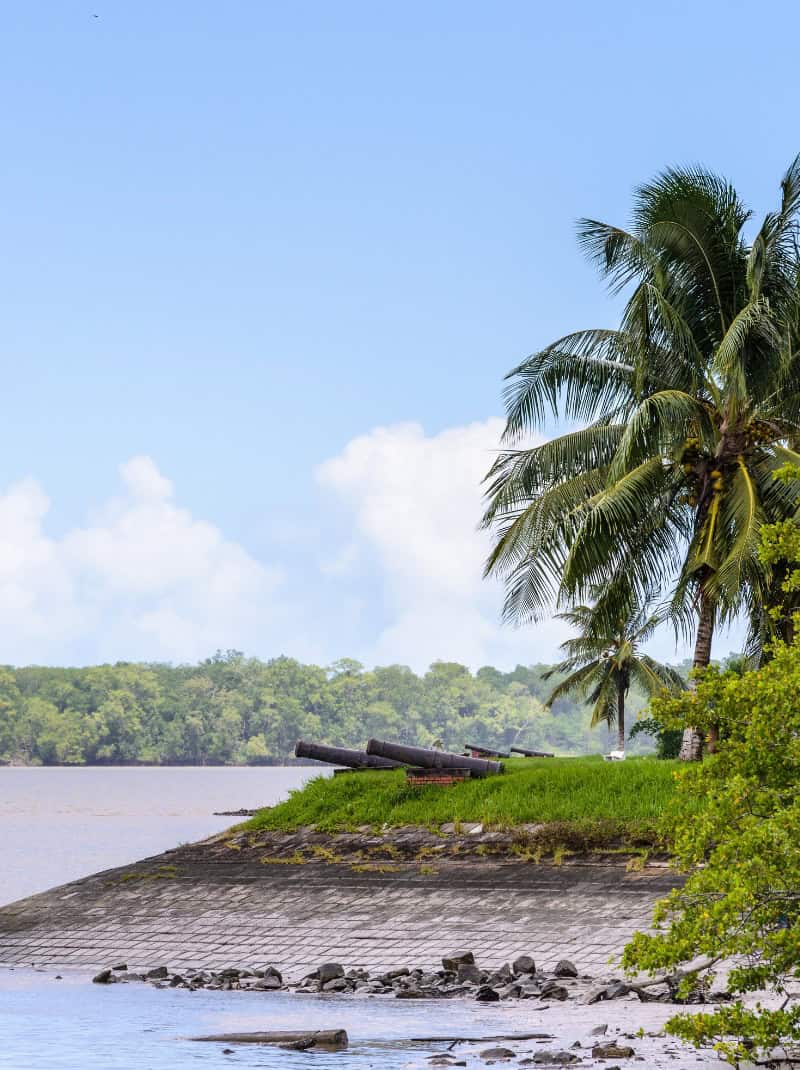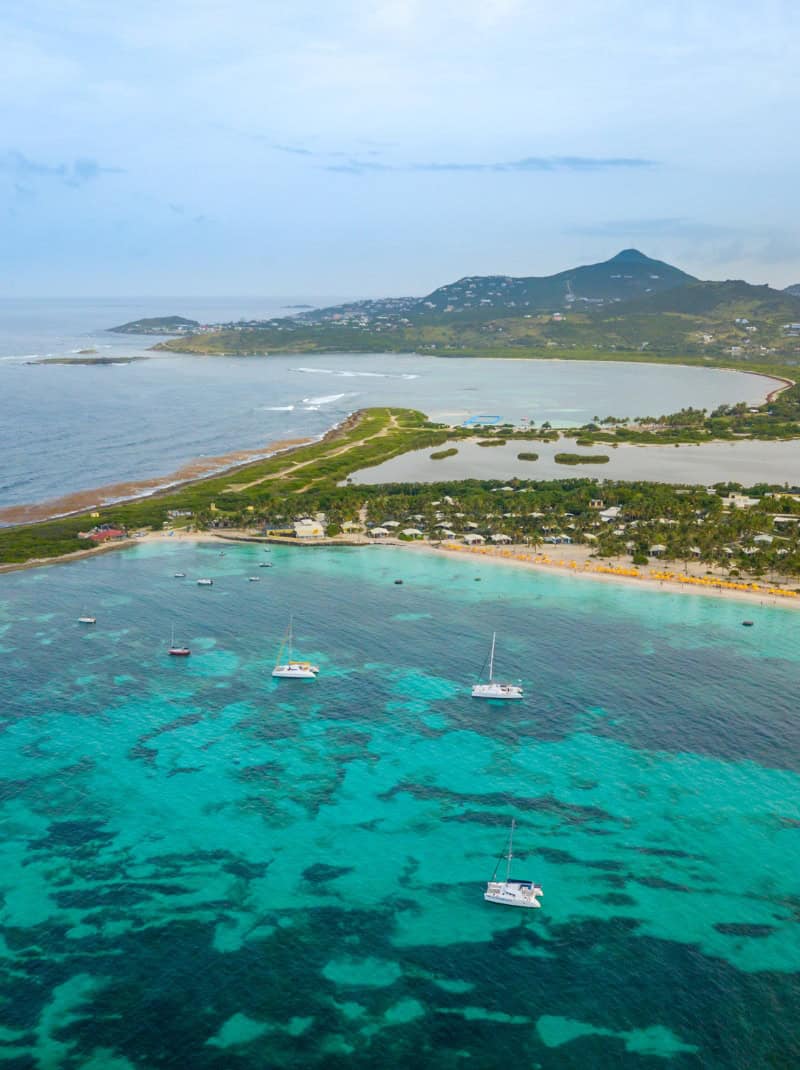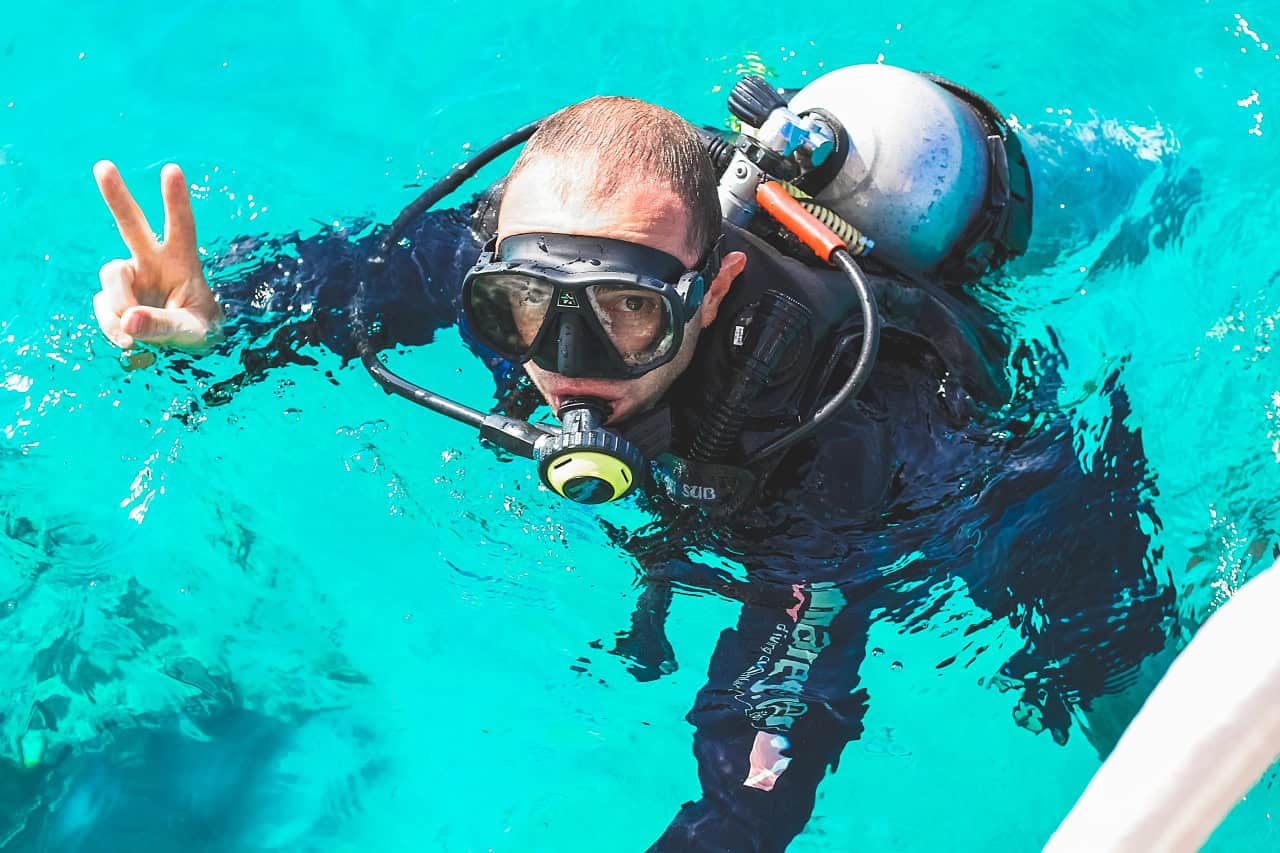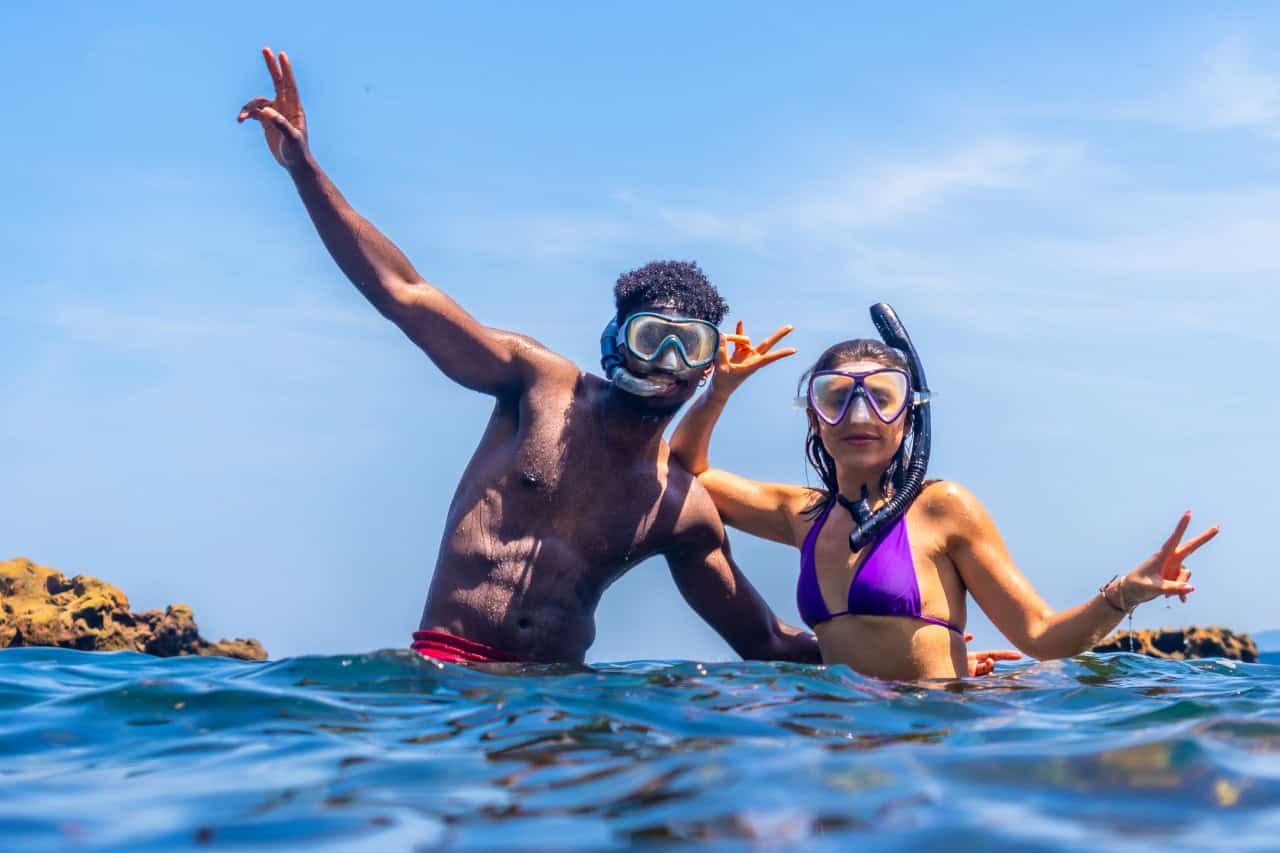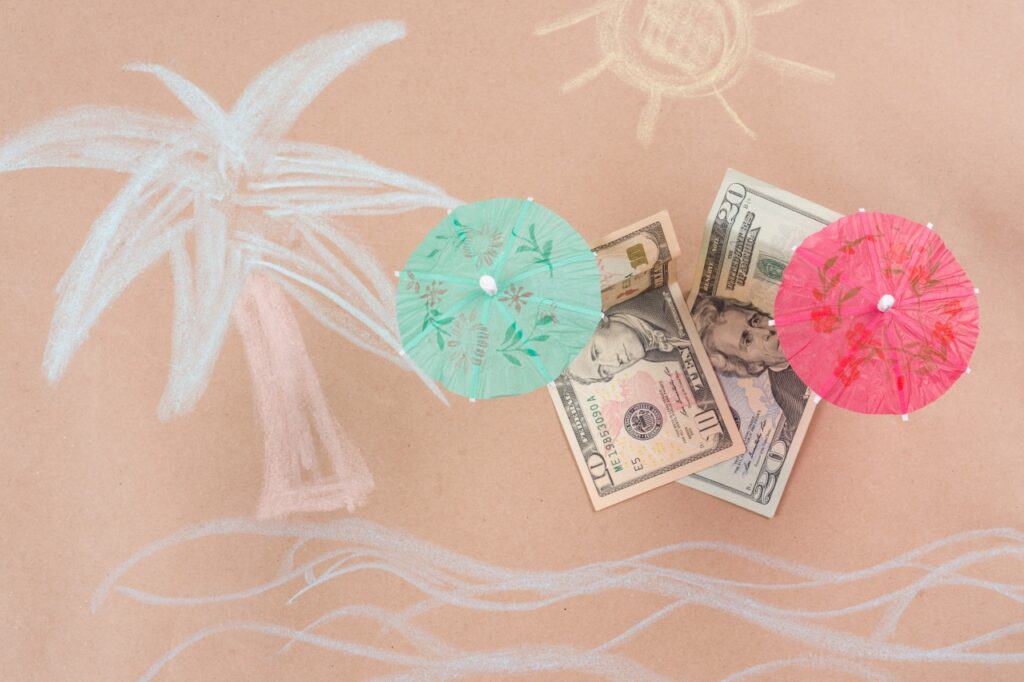
Is Bonaire expensive? An honest look at the cost of your dream vacation
Why everyone wonders: is Bonaire expensive?
You’ve probably dreamed of crystal clear waters, colorful coral reefs and endless sunshine on a Caribbean island. But then comes that pressing question: is Bonaire expensive? It’s a question I hear almost daily from travelers who want to explore this diver’s paradise.
Bonaire, part of the ABC Islands and Caribbean Netherlands, indeed has a reputation as a premium destination. But have you ever considered that the cost depends greatly on your travel mode and choices? The U.S. Dollar as the official currency can be confusing at first, but it actually gives you a clear cost picture.
What makes Bonaire unique in the Lesser Antilles is that here you experience a Dutch atmosphere in a tropical paradise. The Dutch language is spoken alongside Papiamentu, which gives many visitors a comforting feeling. Whether Bonaire is expensive depends on several factors: from your choice of accommodation to your eating habits and activities.
That’s obvious – but let me take you through the actual costs so you can get a realistic idea of what a trip to this diverse paradise really costs.
€ 155,00 Original price was: € 155,00.€ 145,00Current price is: € 145,00.
€ 129,00 Original price was: € 129,00.€ 115,00Current price is: € 115,00.
€ 75,00 – € 155,00Price range: € 75,00 through € 155,00
Is Bonaire expensive? The complete cost guide for your vacation to the diverse paradise
You are considering a trip to Bonaire, but wonder: is Bonaire expensive? This question frequently comes up for travelers who dream of crystal clear waters and pristine coral reefs. The answer is nuanced – Bonaire is among the more expensive Caribbean destinations, but with proper planning and local knowledge, you can make smart savings without compromising your vacation experience.
The cost of living in Bonaire is on average 20-30% higher than in the Netherlands. This is because the island is part of the Caribbean Netherlands and has the U.S. Dollar as its official currency. Many products have to be imported, which drives up prices. But have you ever considered that with the right choices, you can have a great vacation without breaking your budget?
In this guide, I take you through all aspects of costs – from accommodation and transportation to food and activities. You’ll learn where you can save and where it’s actually worth spending a little extra. Because let’s face it: a trip to this Caribbean paradise is an investment in unforgettable memories.
Accommodation costs on Bonaire: from budget to luxury
Accommodation costs are often the largest part of your budget. On Bonaire, prices vary greatly depending on your choices and travel period. During the high season (December to April) you will pay an average of 30-50% more than in the quieter months.
Budget-friendly options
Fortunately for backpackers and budget travelers, there are also affordable options. Hostels and guesthouses start around €40-60 per night. Many local accommodations offer basic comforts at fair prices. That’s obviously a lot cheaper than the luxury resorts, but you’re still sleeping on this beautiful island in the Caribbean Sea.
Mid-range hotels and apartments
Most visitors opt for mid-range accommodations such as Senses Boutique hotel & apartments or similar properties. These cost an average of €80-150 per night and often offer a kitchen, allowing you to save on restaurant costs. Apartments are especially popular with divers who stay longer periods of time for their diving on Bonaire.
Luxury resorts and villas
Want to pamper yourself? Then there are wonderful options like Corallium Hotel & Villas Bonaire or Van der Valk Plaza Resort. These luxury accommodations cost €200-500 per night, but often offer all-inclusive packages, spa facilities and premium locations. For a romantic getaway or special occasion, these investments can be absolutely worth it.
Transportation and mobility: car rentals versus alternatives
Car rental is virtually essential on Bonaire if you want to fully explore the island. Public transportation options are limited, so most visitors opt for their own. But what does that actually cost?
Car rental prices and tips
A small rental car costs an average of €35-50 per day, depending on the season and the rental company. Preferably book your car in advance, especially during high season. Local rental companies are often cheaper than the big international chains, but be sure to check insurance coverage.
Gasoline costs about €1.20-1.40 per liter, similar to Dutch prices. The island is relatively small, so you won’t use a lot of fuel. For visiting Washington Slagbaai National Park or remote dive spots, a car is actually indispensable.
Scooter rental as an alternative
A popular alternative is scooter rentals on Bonaire. Scooters Bonaire and other rental companies offer scooters starting at €20-30 per day. Perfect for couples or solo travelers who don’t need a car. The climate is ideal for scooter riding, although you have to watch out for the strong trade winds.
For short distances, you can also opt for mountain bike rentals, especially popular with active travelers who like to explore natural trails.
Food and drink: from local eateries to fine dining
The cost of food and drink varies widely, depending on where and what you eat. Bonaire has something for every budget, from local snacks to international haute cuisine.
Supermarkets and home cooking
Want to save on food? Then cooking for yourself is a smart choice. Albert Heijn has a branch on Bonaire(Van der Tweel supermarket), but prices are 40-60% higher than in the Netherlands. Bondigro Supermarket is a local alternative that sometimes has better prices.
Fresh fruits and vegetables are more expensive because they are usually imported. Local products such as fish and certain tropical fruits are affordable, however. An average weekly grocery bill for two people costs about €80-120.
Restaurants and nightlife
A simple lunch costs €10-15, while dinner at a mid-range restaurant costs €25-40 per person. Local eateries are often cheaper and offer authentic dishes. Many restaurants accept both U.S. Dollars and Antillean Guilders, although the dollar is preferred.
Alcohol is relatively expensive due to import taxes. A beer in a restaurant costs €3-5, cocktails €8-12. In supermarkets, you pay €2-3 for a beer. Tip: Buy your alcohol in the duty-free shop at Flamingo Airport when you arrive.
Activities and attractions: diving, snorkeling and more
Bonaire is known as a diverse paradise, and rightly so. Activities are often a major part of your vacation budget, but there are options for every wallet.
Diving and snorkeling
A dive day on Bonaire costs an average of €40-60 per person, including tanks and weights. Many divers opt for multi-day packages that cost more favorably. The STINAPA Nature Fee of €25 per year is mandatory for all divers and snorkelers.
Snorkeling is cheaper – often you can just enter the reef from shore. Snorkeling on Bonaire only costs the rental of your equipment (€10-15 per day) plus the nature fee.
Boat trips and water sports
A boat excursion on Bonaire costs €50-100 per person, depending on duration and including services. Sunset cruises are popular and usually cost €60-80 per person. For water sports activities, you pay €30-80 per hour.
Nature parks and tours
Visiting Washington Slagbaai National Park costs €25 per person (included in the STINAPA fee). Tours on Bonaire range from €40 for a half day to €120 for a full day including lunch.
For nature activities such as hiking or bird watching, you usually only pay the entrance fee to the nature reserves.
Practical costs: insurance, visas and extras
There are some other practical costs to consider when traveling to Bonaire.
Health insurance and medical expenses
As a Dutch citizen, you are covered under the Dutch Caribbean Health Insurance, but always check your coverage. Additional travel insurance is recommended for sports and diving activities.
Entrance fees and taxes
In addition to the STINAPA Nature Fee, there is a Visitor Entrance Fee of €75 per person (often already included in your plane ticket). This fee covers various government fees and nature conservation.
Vaccinations and health
Yellow Fever vaccination is not required from the Netherlands, but always check current travel advisories. Bonaire has no malaria, which is an advantage over some other Caribbean islands.
Smart saving tips for your Bonaire vacation
With these local tips, you can save big without sacrificing your vacation experience:
- Travel in the off-season (May-November) for lower prices, fewer crowds and still beautiful weather
- Book accommodation with kitchen to cook and save on restaurant costs
- Buy your alcohol duty-free upon arrival at Flamingo Airport
- Opt for shore diving rather than expensive boat trips – many of the best spots are accessible from shore
- Rent equipment by the week instead of by the day for better rates
- Combine activities in packages for discounts
The truth is that Bonaire is indeed a more expensive destination, but with smart planning and local knowledge, you can have an unforgettable vacation without breaking your budget. The secret is in making conscious choices – what do you want to spend your money on and where can you save?
Bonaire offers a unique blend of pristine nature, world-class diving and Caribbean relaxation. Yes, it costs a little more than a vacation in Europe, but the experiences you gain are priceless. And with the right preparation, a trip to this paradise doesn’t have to be priceless.
Want to know more about specific activities and their costs? Then check out our detailed guides on outdoor activities on Bonaire or discover freediving opportunities on this beautiful island.
Frequently asked questions (FAQs)
What does an average vacation in Bonaire cost?
An average vacation in Bonaire for two people costs about €2,500-3,500 for a week, including accommodation, car rental, meals and activities. Budget travelers can make do with €1,800-2,200, while luxury vacationers spend €4,000-6,000. The U.S. Dollar as a currency makes budgeting easier, and many accommodations offer all-inclusive options that make costs predictable.
Are prices in supermarkets in Bonaire much higher than in the Netherlands?
Yes, supermarket prices on Bonaire are 40-60% higher than Dutch prices due to import costs. Albert Heijn offers familiar Dutch products at premium prices. Fresh fruits and vegetables are cheapest at local markets. A weekly grocery bill for two people costs on average €120-150, versus €80-100 in the Netherlands.
What currency is used in Bonaire and where can I exchange money?
On Bonaire, the U.S. Dollar has been used since 2011, when the Antillean Guilder was abolished. You can change money at Flamingo Airport, banks and hotels. Most stores, restaurants and hotels accept credit cards. It is convenient to carry some cash with you for small expenses, local markets and tips. ATMs are available in Kralendijk and at large supermarkets.
How much does it cost to rent a car in Bonaire?
Car rentals on Bonaire cost €35-45 per day for a compact car and €55-85 for an SUV or pickup truck. For exploring Washington Slagbaai National Park, a 4WD is recommended. Many rental companies offer discounts for longer periods. Fuel costs about €1.40 per liter. An alternative are the popular Scooters Bonaire, which rent from €25 per day and are perfect for short distances.
What is the cost of diving in Bonaire?
Diving on Bonaire, known as divers paradise, costs €35-45 per dive including equipment. A complete Open Water dive course starts around €350-400. The mandatory STINAPA Nature Fee of €25 per year gives access to all dive sites. A Stinapa E-ticket can be purchased online. For serious divers, a 10-dive package is often more economical, with prices around €320-380.
How much does accommodation on Bonaire cost?
Accommodation prices vary widely on Bonaire. Budget guesthouses cost €75-120 per night, while mid-range hotels such as Senses Boutique hotel & apartments charge €150-250. Luxury resorts like Van der Valk Plaza Resort and Corallium Hotel & Villas Bonaire cost €200-400 per night. Villas and apartments for longer stays start around €100 per night, especially popular with divers and Kite City visitors.
What additional costs should I expect as a tourist in Bonaire?
As a tourist, you pay a Visitor Entrance Fee of €25 for access to nature areas, valid for one year. The STINAPA Nature Fee of €25 is required for nature activities. Restaurant bills often include 10-15% service, but extra tips are appreciated. For longer stays, comprehensive Dutch Caribbean Health Insurance is recommended, on top of your Dutch coverage. Yellow Fever vaccination costs €60 at the GGD.
Can I buy Dutch products on Bonaire?
Yes, Albert Heijn offers a wide range of Dutch products on Bonaire, from stroopwafels to Dutch cheese. However, prices are 40-60% higher due to import costs. Van der Tweel supermarket also has Dutch products at often better prices. For daily groceries, you’ll find well-known brands, but local alternatives are more affordable. Dutch medication is limited, so bring your own for longer stays.
Your journey, just the way you want it
Whether you dream of a private snorkel tour, a surprise trip for a special occasion or just want to be completely unburdened – we arrange it. Together, we’ll put together a unique experience that perfectly suits your needs. Personalized, flexible and organized to perfection.
